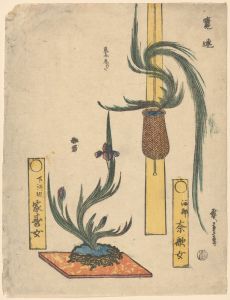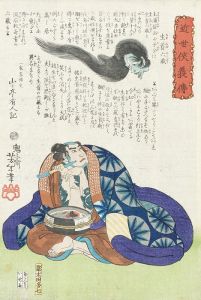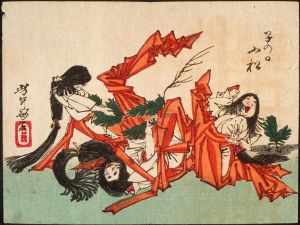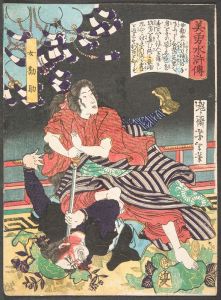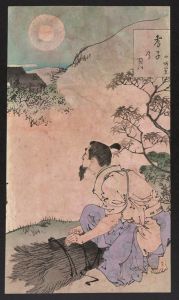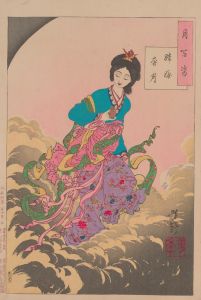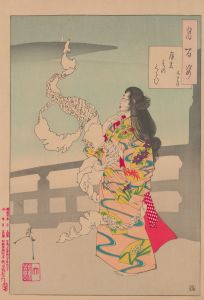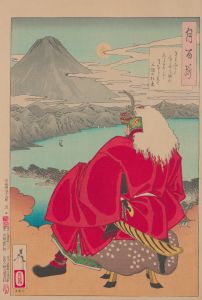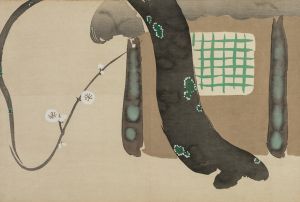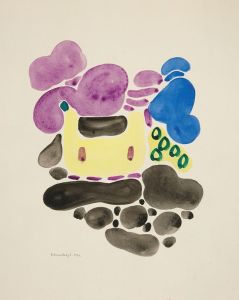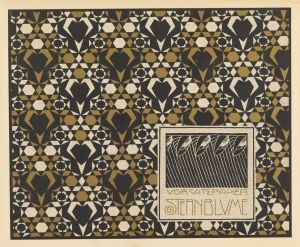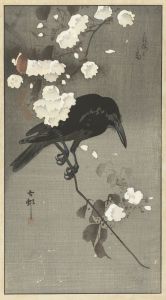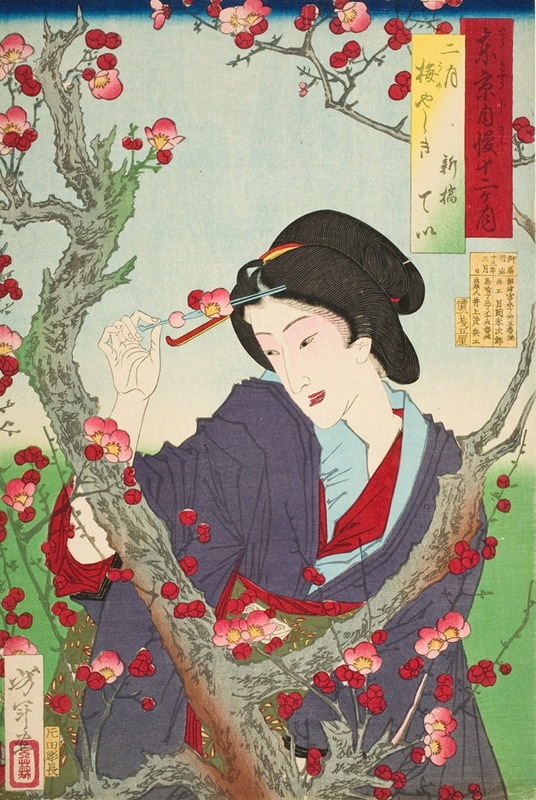
Second Month; Tei of Shinbashi by a Plum Tree at Umeyashiki
A hand-painted replica of Tsukioka Yoshitoshi’s masterpiece Second Month; Tei of Shinbashi by a Plum Tree at Umeyashiki, meticulously crafted by professional artists to capture the true essence of the original. Each piece is created with museum-quality canvas and rare mineral pigments, carefully painted by experienced artists with delicate brushstrokes and rich, layered colors to perfectly recreate the texture of the original artwork. Unlike machine-printed reproductions, this hand-painted version brings the painting to life, infused with the artist’s emotions and skill in every stroke. Whether for personal collection or home decoration, it instantly elevates the artistic atmosphere of any space.
"Second Month; Tei of Shinbashi by a Plum Tree at Umeyashiki" is a woodblock print created by the renowned Japanese artist Tsukioka Yoshitoshi (1839–1892). This artwork is part of Yoshitoshi's celebrated series Fuzoku Sanjuniso (translated as "Thirty-two Aspects of Customs and Manners"), which was published in 1888 during the Meiji period. The series is widely regarded as one of Yoshitoshi's masterpieces and showcases his exceptional skill in ukiyo-e, a traditional Japanese woodblock printing technique.
The print depicts a woman named Tei, who is associated with the Shinbashi district of Tokyo, standing beside a blossoming plum tree at a location called Umeyashiki. Shinbashi was a well-known entertainment district during the Meiji era, famous for its geisha culture and vibrant nightlife. The plum tree, a symbol of spring and renewal in Japanese culture, adds a seasonal and poetic element to the composition. The setting at Umeyashiki, which translates to "Plum Mansion," further emphasizes the connection to nature and traditional aesthetics.
Yoshitoshi's Thirty-two Aspects of Customs and Manners series explores the lives, fashions, and emotions of women from various social backgrounds and time periods. Each print in the series is accompanied by a descriptive title that provides insight into the subject's identity or activity. In this particular work, Tei is portrayed in a graceful and contemplative pose, dressed in a kimono that reflects the fashions of the time. Yoshitoshi's attention to detail in the patterns of the fabric, the delicate rendering of the plum blossoms, and the subtle use of color exemplify his mastery of the medium.
The Thirty-two Aspects of Customs and Manners series was created during a period of significant cultural and social transformation in Japan, as the country was rapidly modernizing and adopting Western influences. Yoshitoshi's work often reflects a tension between tradition and modernity, and this series is no exception. By focusing on women and their roles in society, Yoshitoshi provides a nuanced perspective on the changing cultural landscape of the Meiji era.
"Second Month; Tei of Shinbashi by a Plum Tree at Umeyashiki" is notable for its combination of technical excellence and emotional depth. It exemplifies Yoshitoshi's ability to capture both the physical beauty and the inner world of his subjects. Today, the print is highly regarded by art historians and collectors, and it remains an important example of late ukiyo-e art.





